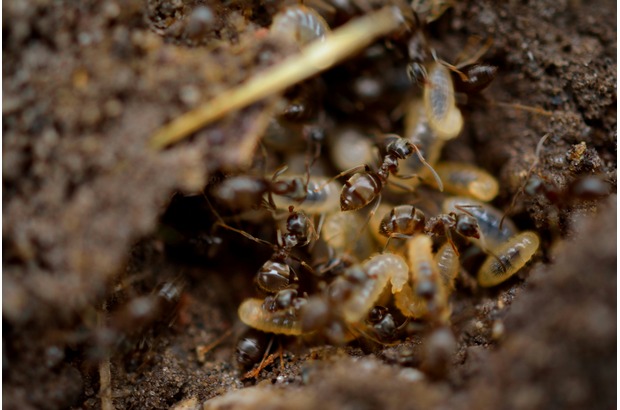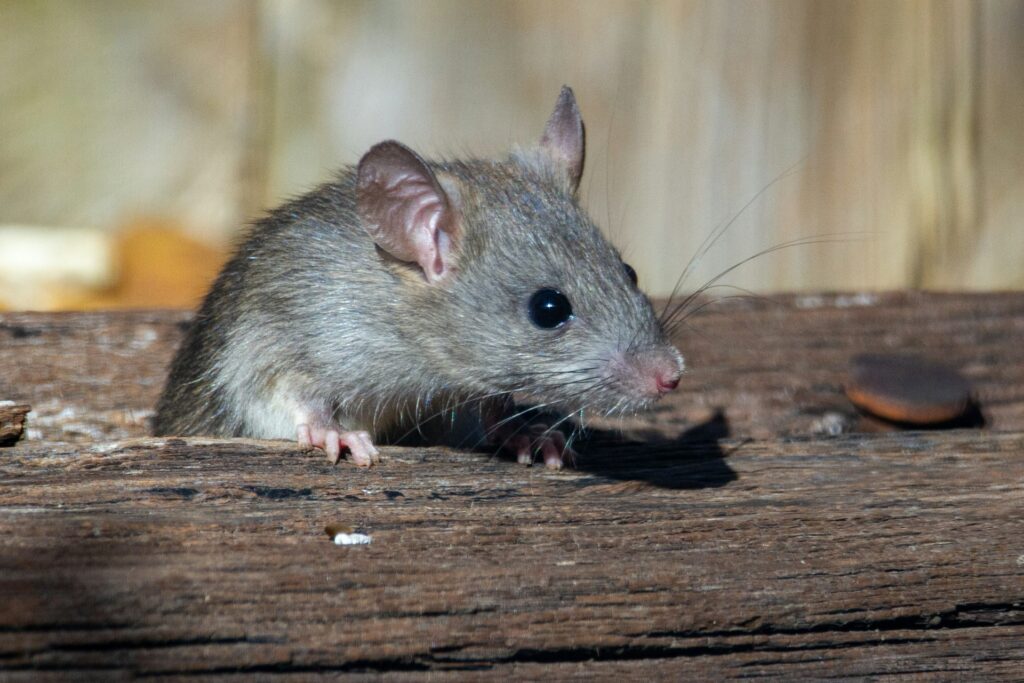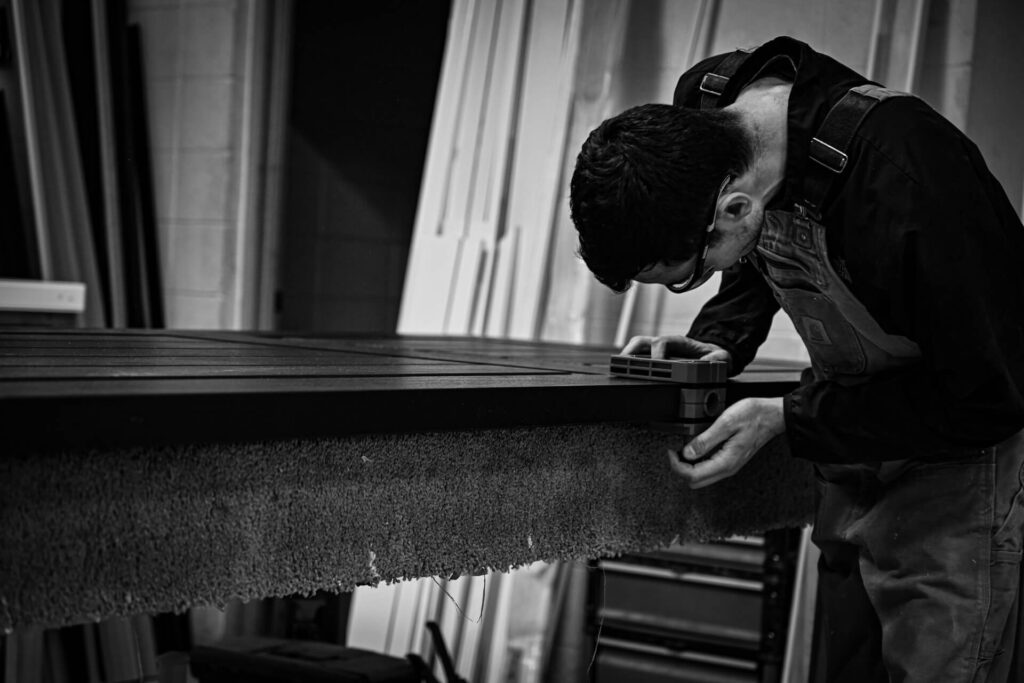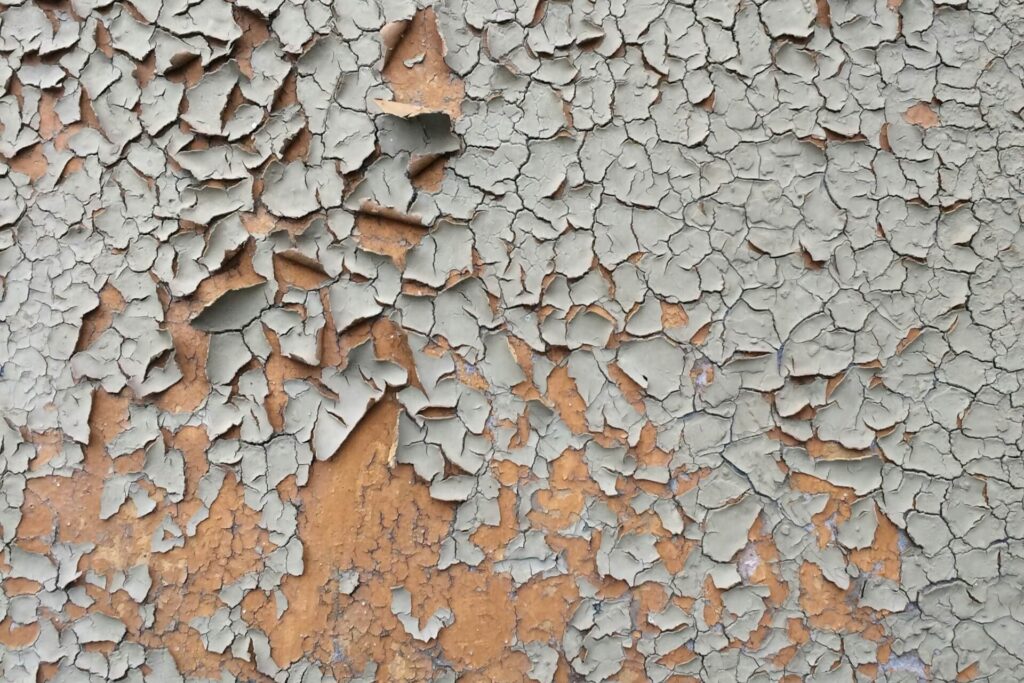Carpenter Bee Holes: 4 Things to Do When You Spot One (Updated for 2025)

We are reader-supported. When you buy through links on our site, we may earn an affiliate commission.
Carpenter bees aren’t as dangerous as other outdoor pests, like wasps. In fact, the males don’t even have stingers, and the females are only aggressive when protecting their eggs. However, they’re a threat to any wooden structures on your property, which is why you need to be vigilant for any signs of their presence. Once you spot carpenter bee holes or the creatures themselves, you need to act quickly.
Why Carpenter Bees Create the Holes
Carpenter bees mainly create holes as a nest to raise their young. These gaps are typically much deeper than you’d think, so that they can hold their eggs and pollen packets. However, these species can also use these holes for hibernation during the off-season.
It could be just a matter of wood preferences. Carpenter bees are attracted to softer woods like pine, cedar, and redwood, which are typically easier to excavate for whatever purposes they wish.
What to Do When Spotting the Hole
Action is a must when you see carpenter bee holes, as it can help keep these insects at bay and protect your property. Follow this quick routine when you’ve spotted one.
1. Verify the Insects
Before you move forward with any treatments, you need to ensure you’re dealing with carpenter bees and not an opening made from another pest — you may need different procedures to rid yourselves of other insects.
Your first sign will probably be a small hole or pile of sawdust. Female carpenter bees burrow into the wood to lay their eggs. While the ladies work, the males ward off predators, but they’re all buzz and no bite since they lack a stinger.
If you still aren’t certain, you should inspect the hole a little closer, as long as you feel safe to do so. Look around the rim of the hole or just inside for a yellow substance. After laying her eggs, a carpenter bee uses several layers of pollen to keep her babies safe and provide food for them once they hatch. You might be able to see some of the pollen from outside the carpenter bee hole.
2. Get Rid of Your Infestation
Once you’ve determined you are, in fact, dealing with carpenter bee holes, your next step is to get the bees to move on. You have a few ways of accomplishing this — using non-toxic ingredients they dislike to get them to leave, using a non-lethal trap to move them to a new home or spraying them with insecticide for carpenter bees.
Keep in mind carpenter bees are pollinators and very important to the survival of our ecosystem — anything you can do to remove these insects without killing them is usually worthwhile. If your infestation has moved past a point where you feel comfortable using a non-lethal method, it may be better to call in a pest control operation — they know how to safely and responsibly remove the carpenter bee problem.

3. Fill All the Carpenter Bee Holes
Now that you’ve removed the problem, it’s time to deal with the gaps. Plugging them up will prevent new bees from using the same holes next season. Also, leaving things open exposes the core of your wood to the weather, causing further damage.
If you’re short on time, you can plug the whole with wood putty or a premade plug from the store. These methods are reasonably effective at keeping new bees from using the same holes in the future. However, any larvae deep inside the tunnel you missed earlier can still burrow their way back out, reopening the plugged hole.
A much better option is to combine a surface plug or putty with an internal plug. The most common method is to insert small bits of dowel and caulk into the hole. Once you fill the entire cavity, you can place the premade plug or wood putty at the mouth.
4. Discourage Future Carpenter Bee Holes
The process of removing these pests and blocking up the holes isn’t too intensive, but it’s a nuisance. A superior alternative is to discourage them from burrowing into your wood in the first place.
Covering your wood surfaces with an oil-based paint disguises the wood grain and smell enough that carpenter bees will generally pass you by. You should also ensure you’re catching and plugging all cracks, crevices and old carpenter bee holes, so you don’t make their job easier.
One final preventive measure is to place carpenter bee homes. These wooden homes offer many tunnels for carpenter bees to lay their eggs in without destroying your property. You can protect your wooden decks and outbuildings while keeping these fabulous pollinators around.
Frequently Asked Questions
How Do Carpenter Bees Drill Perfect Holes?
Carpenter bee holes typically stand out because they are perfectly round and deep. Their drilling talent can be attributed to their mandibles, which have the strength and grit of teeth. If you watch it in action, these species will typically rotate their larger bodies to get the precise shape and depth.
What Is the Fastest Way to Get Rid of Carpenter Bees?
Applying insecticide, which can drive away carpet bees, is the fastest way to eliminate them. You can hire professionals to take care of the job and get rid of them fast. However, other homeowners find that vinegar works just as easily. Keep in mind that it can attract flies, so you’d be taking care of two pests with one solution.
How To Make More Effective Carpenter Bee Traps?
Non-lethal carpenter bee traps can be a safe and humane way of getting the pests and releasing them from your space. To make them more attractive, consider grabbing a bit of sawdust from the wood they’re attracted to. Sprinkle it at the bottom of the trap and they should be flying in with ease. You can also place these at the sunnier corners of buildings.
How Can You Prevent Carpenter Bee Holes?
Sealing existing holes is already a great step toward preventing further carpenter bees from coming. You can also paint or stain the wood, as it will deter these pests from messing with it. Some homeowners even go the extra mile by pressure-treating lumber, which makes them harder to penetrate.
Recognize and Close the Gaps
While carpenter bees aren’t a danger to your personal or family’s well-being, they can cause significant damage to wooden structures around your home. The holes they bore remain open even after they leave, and if left alone, they’ll slowly rot from exposure to the elements. It’s essential to identify and handle these intruders and their holes as soon as possible.
Originally published 01/02/2023 – Updated 08/1/2025







